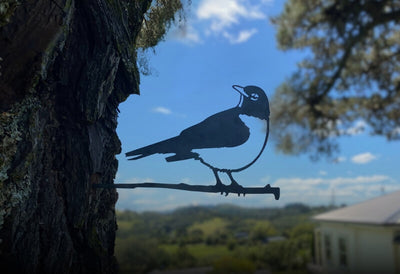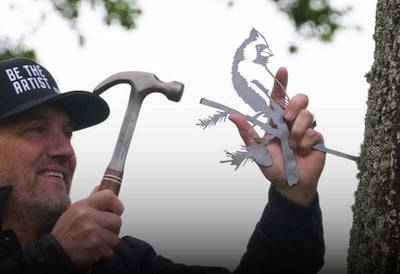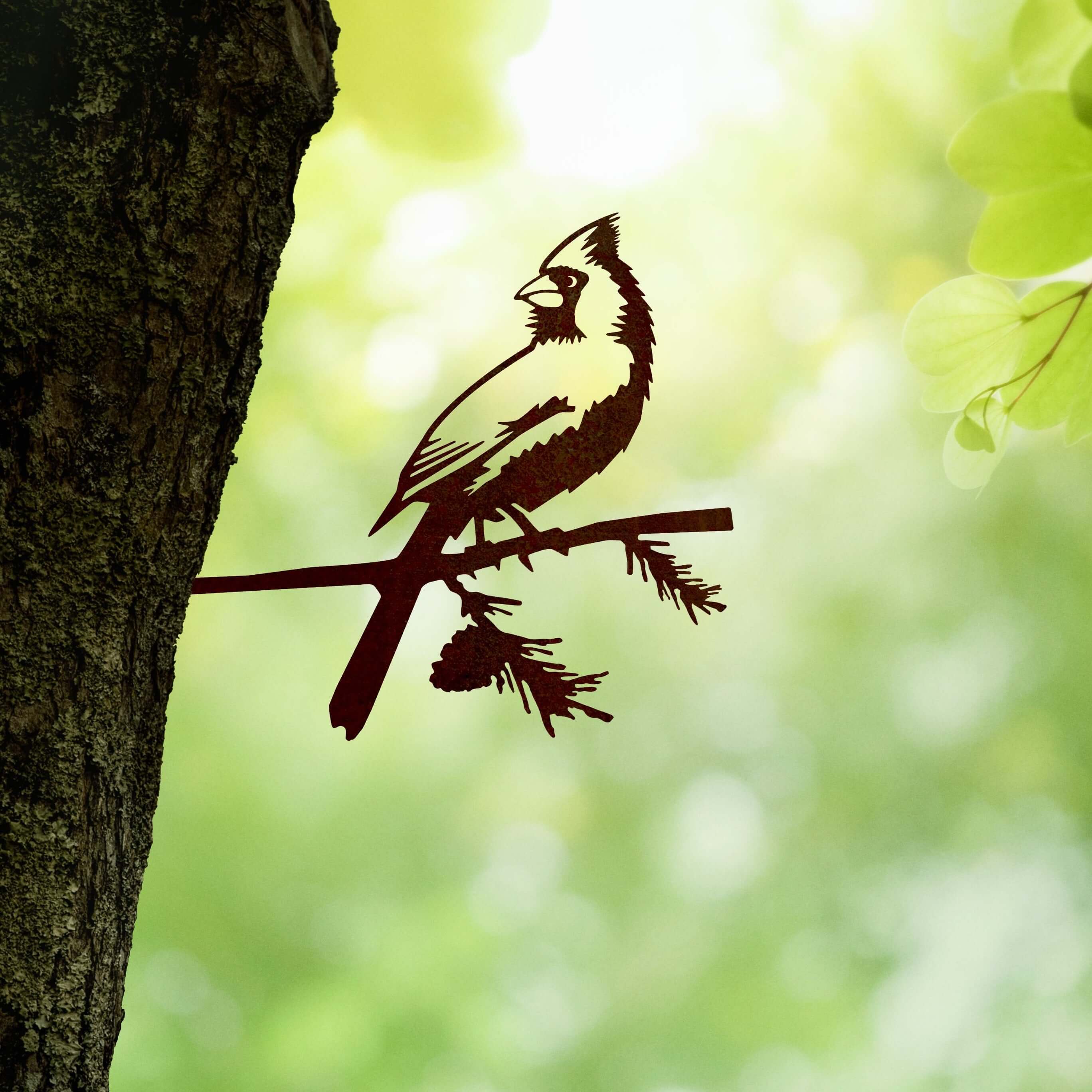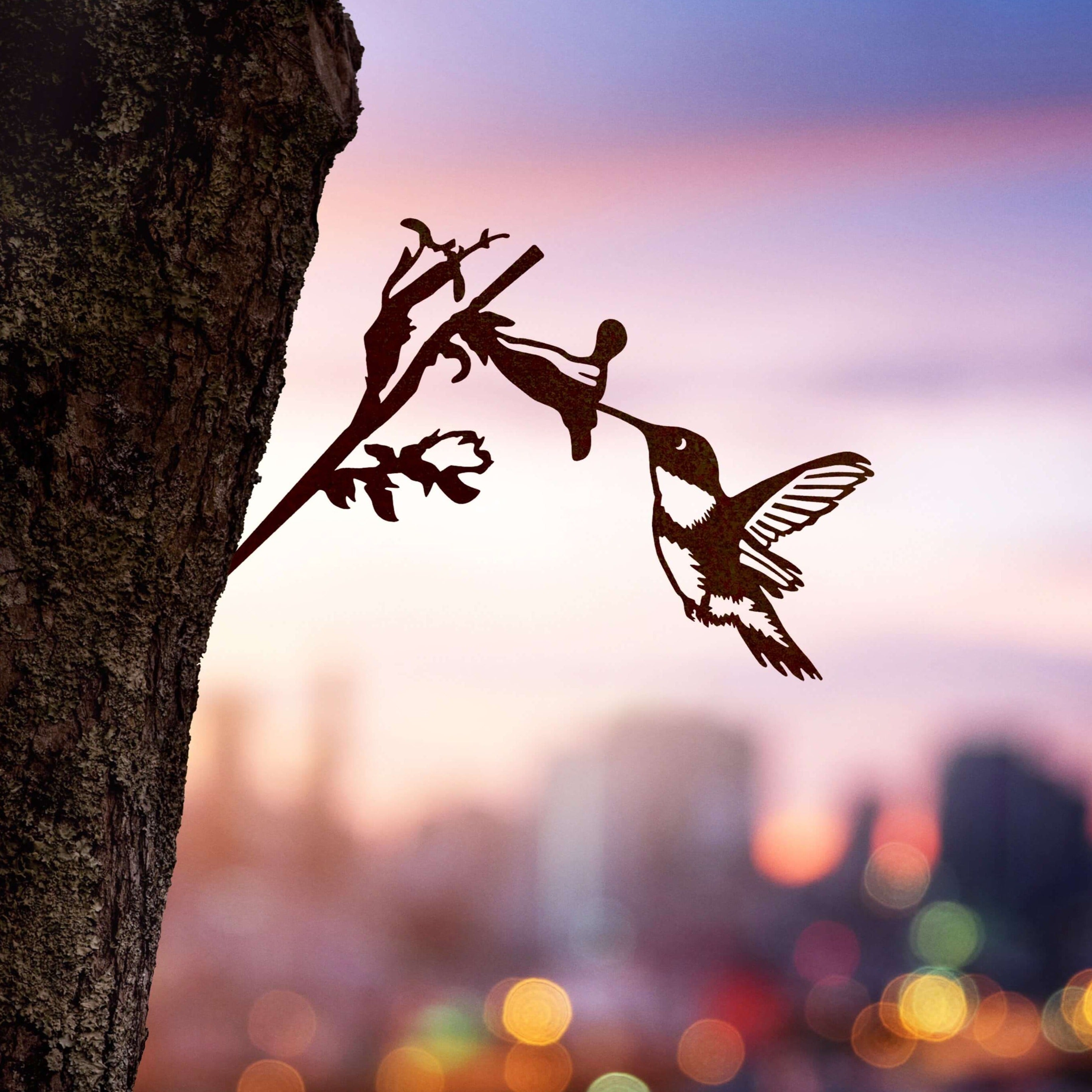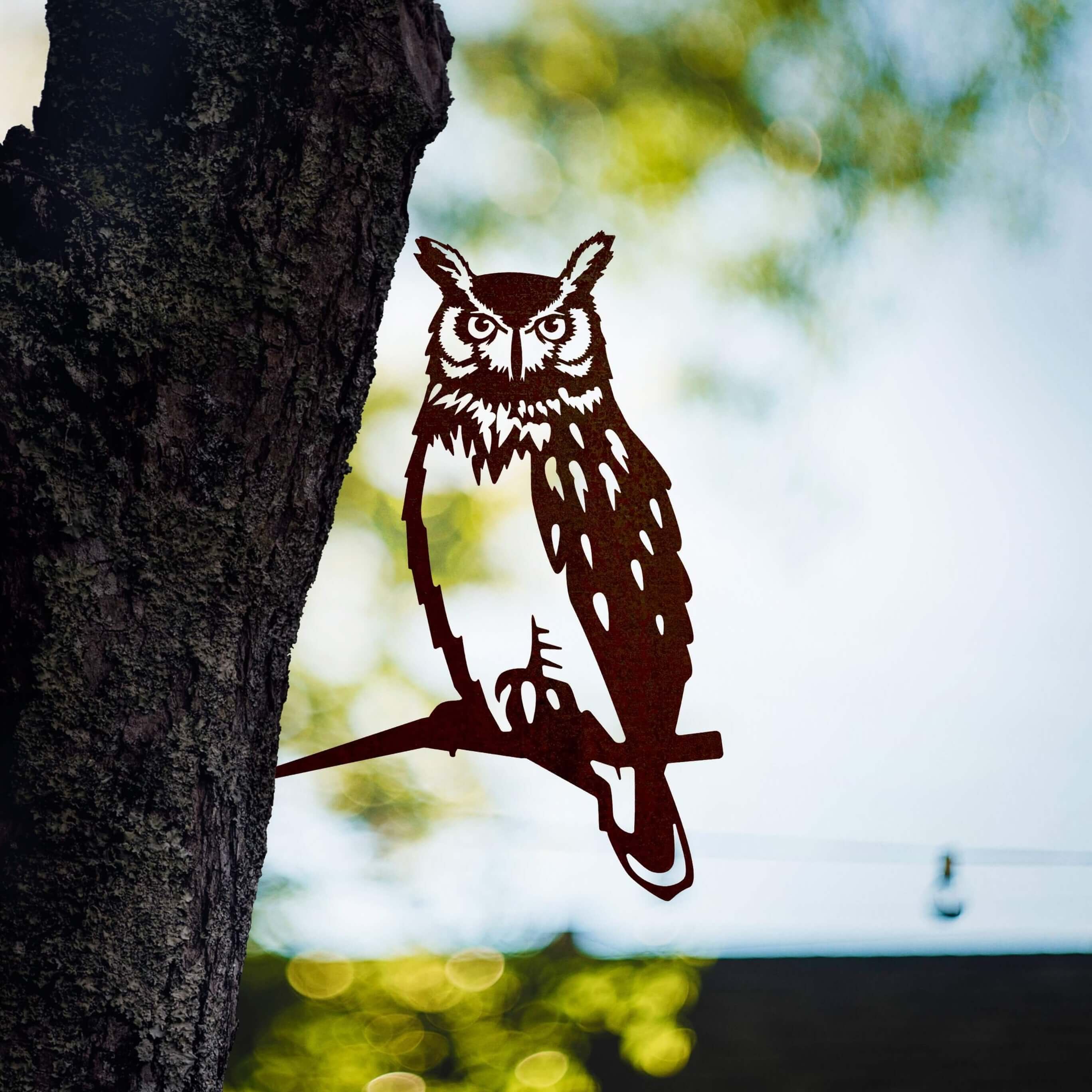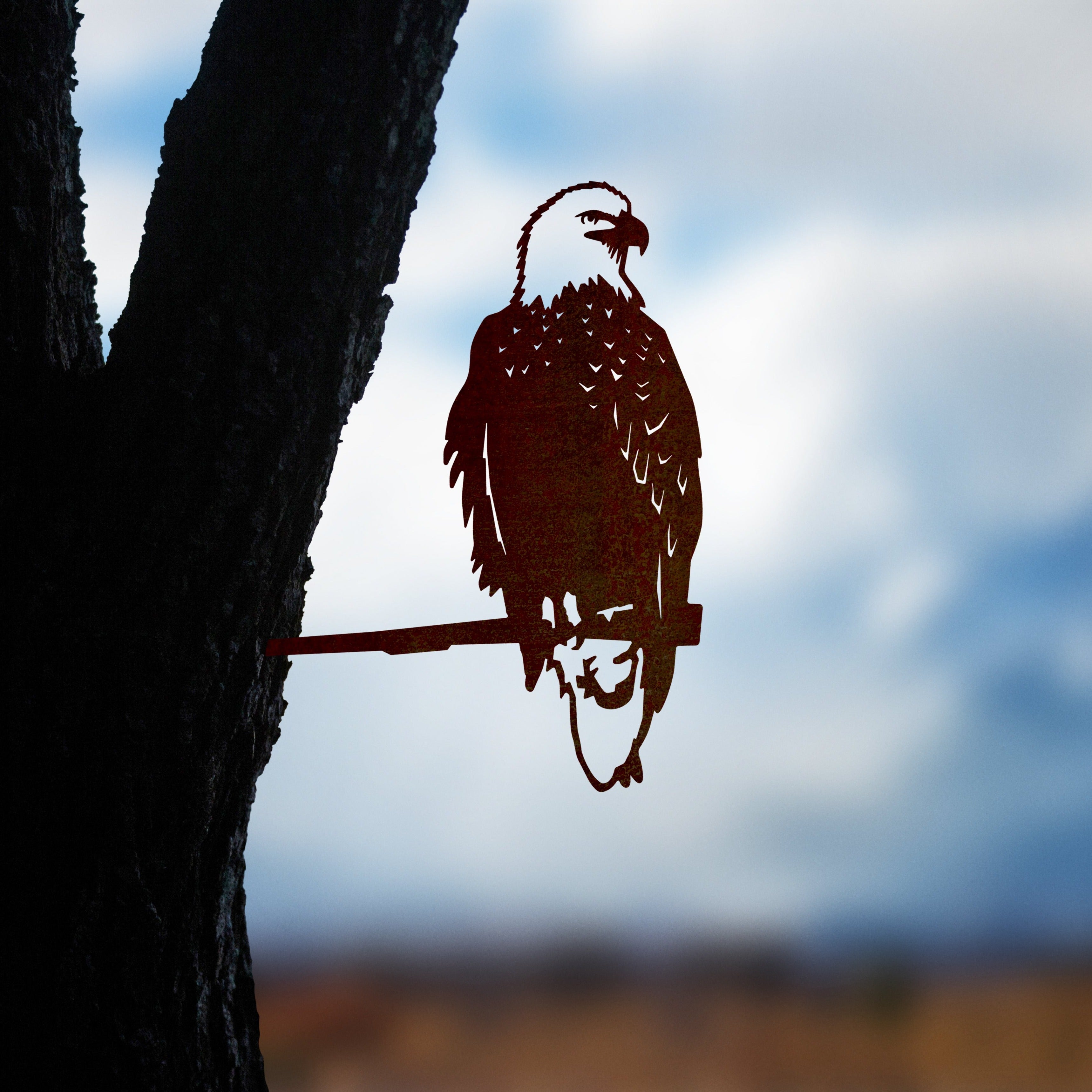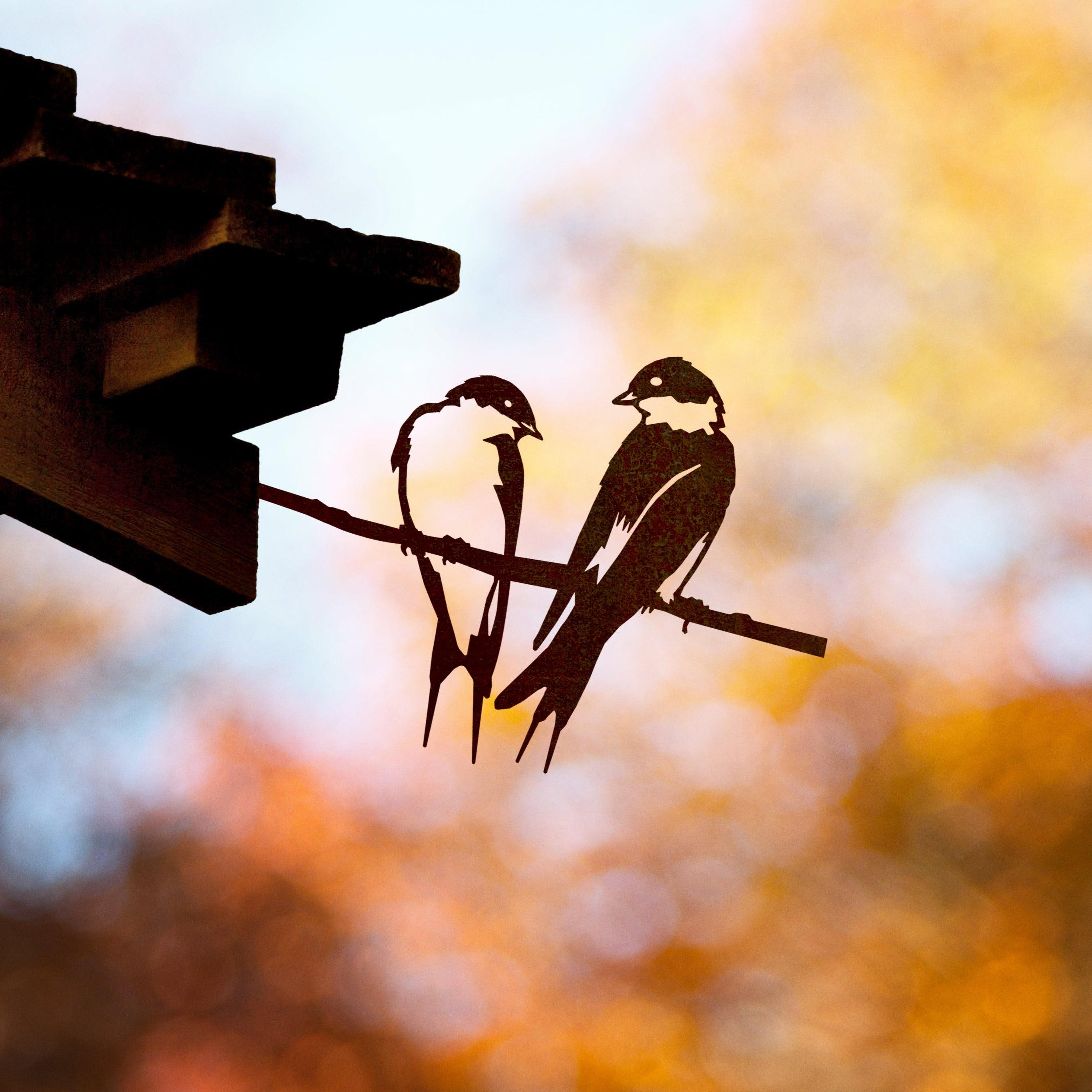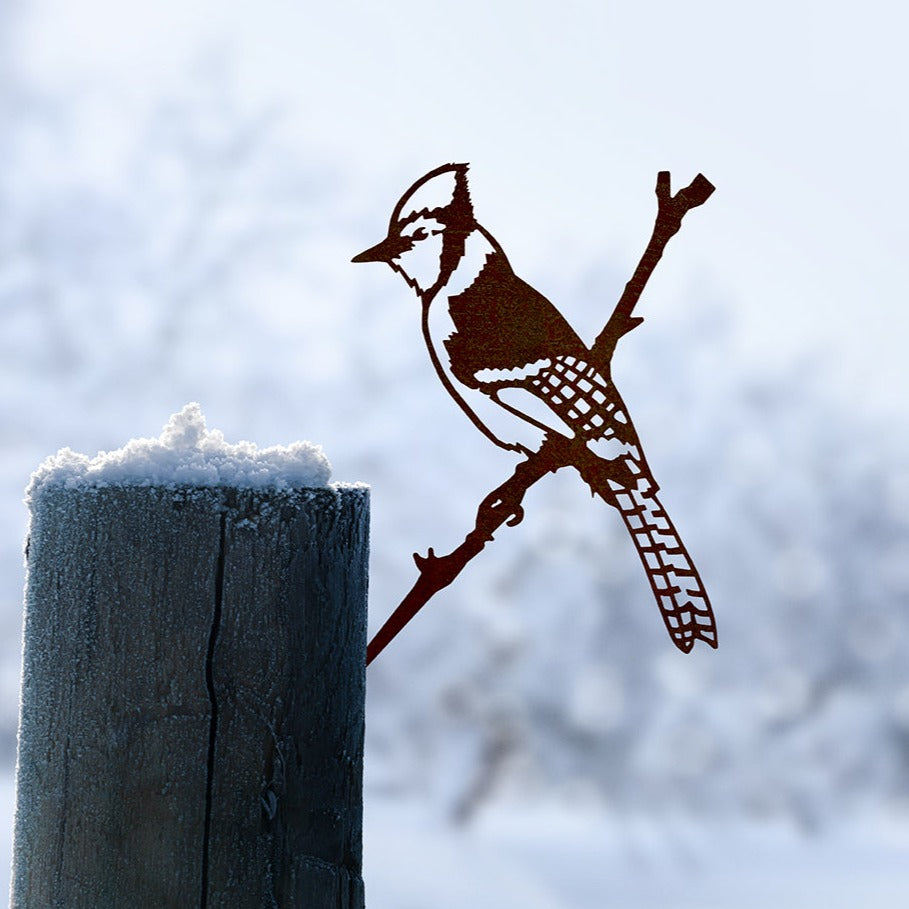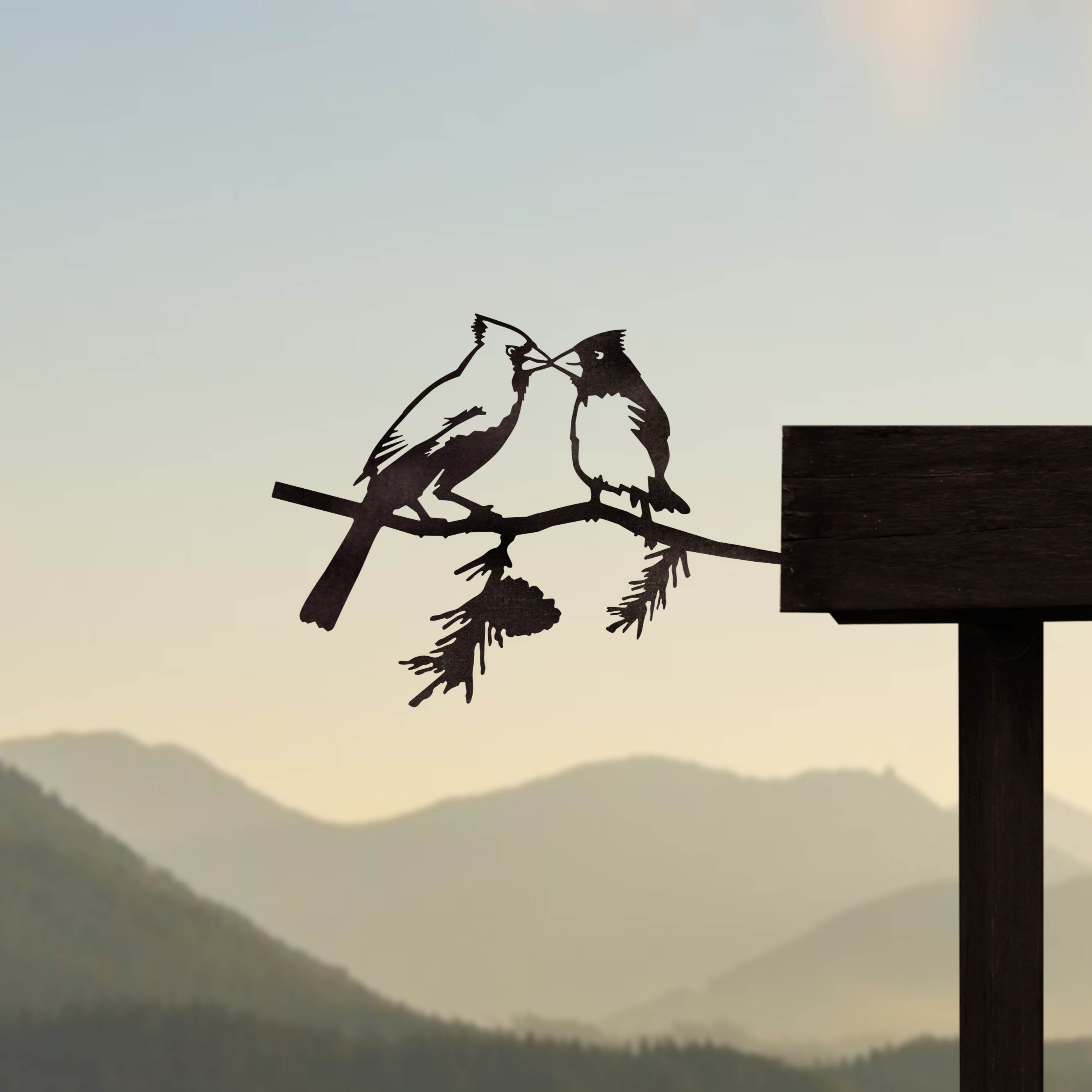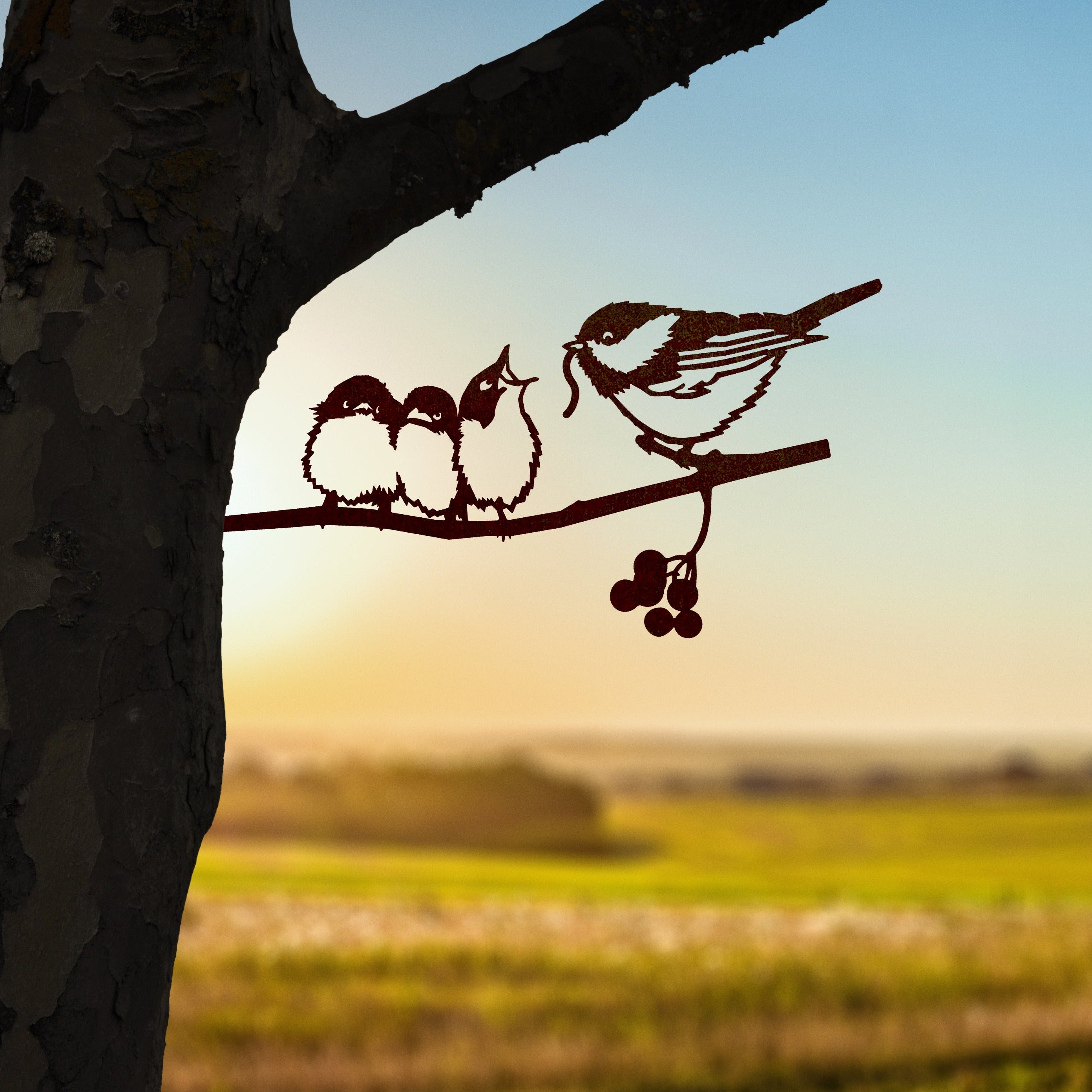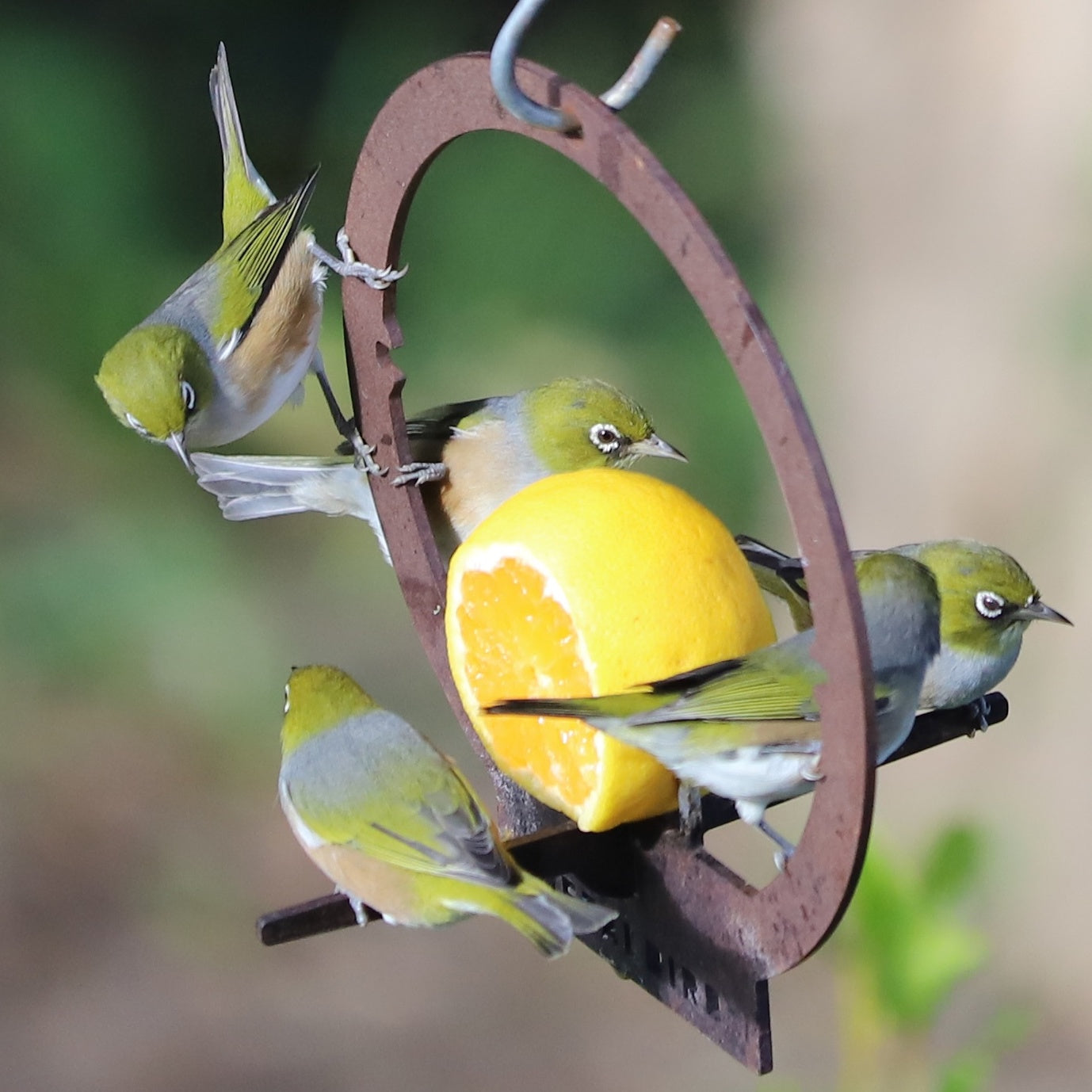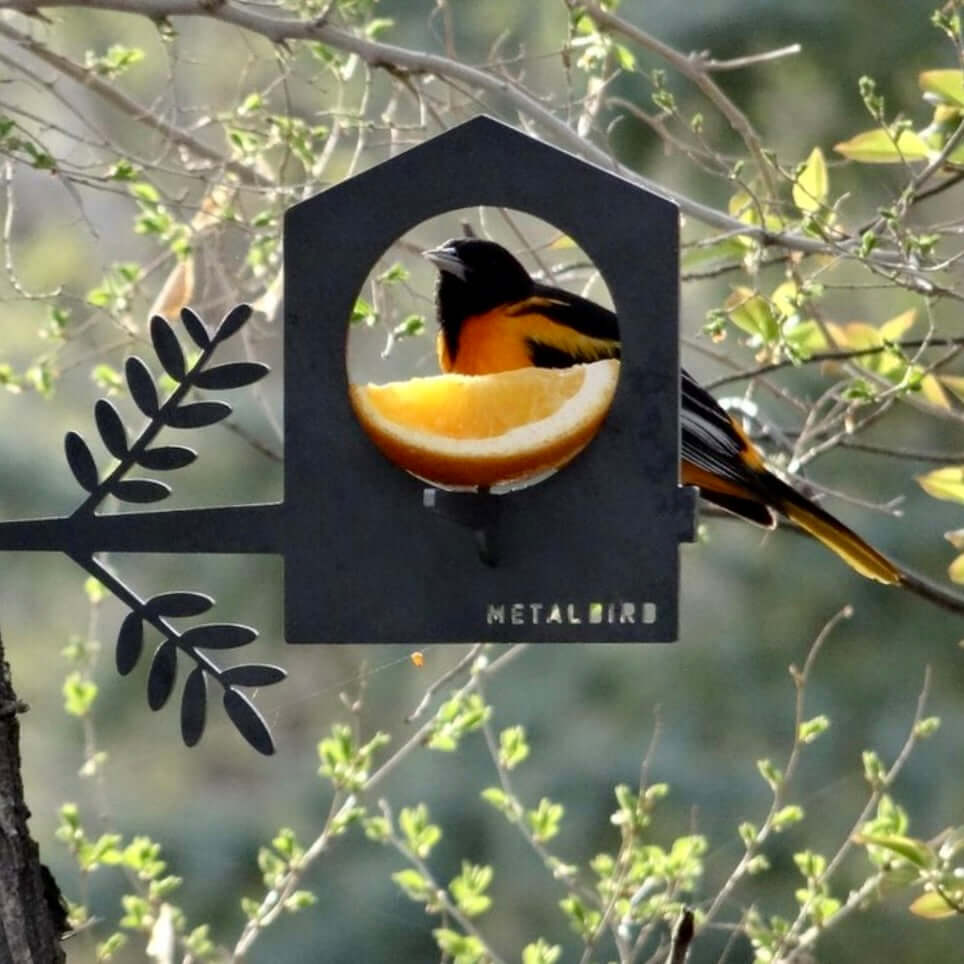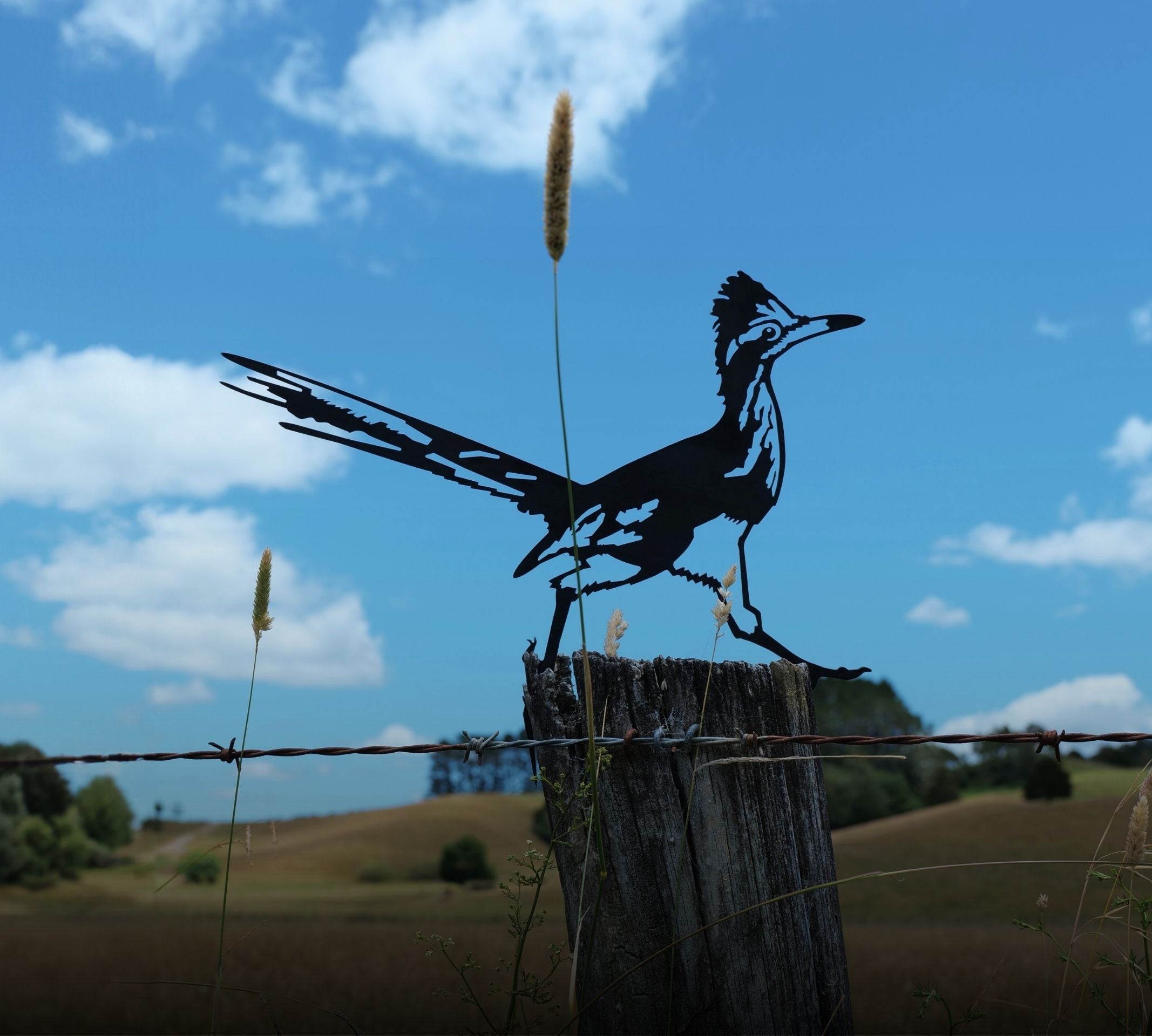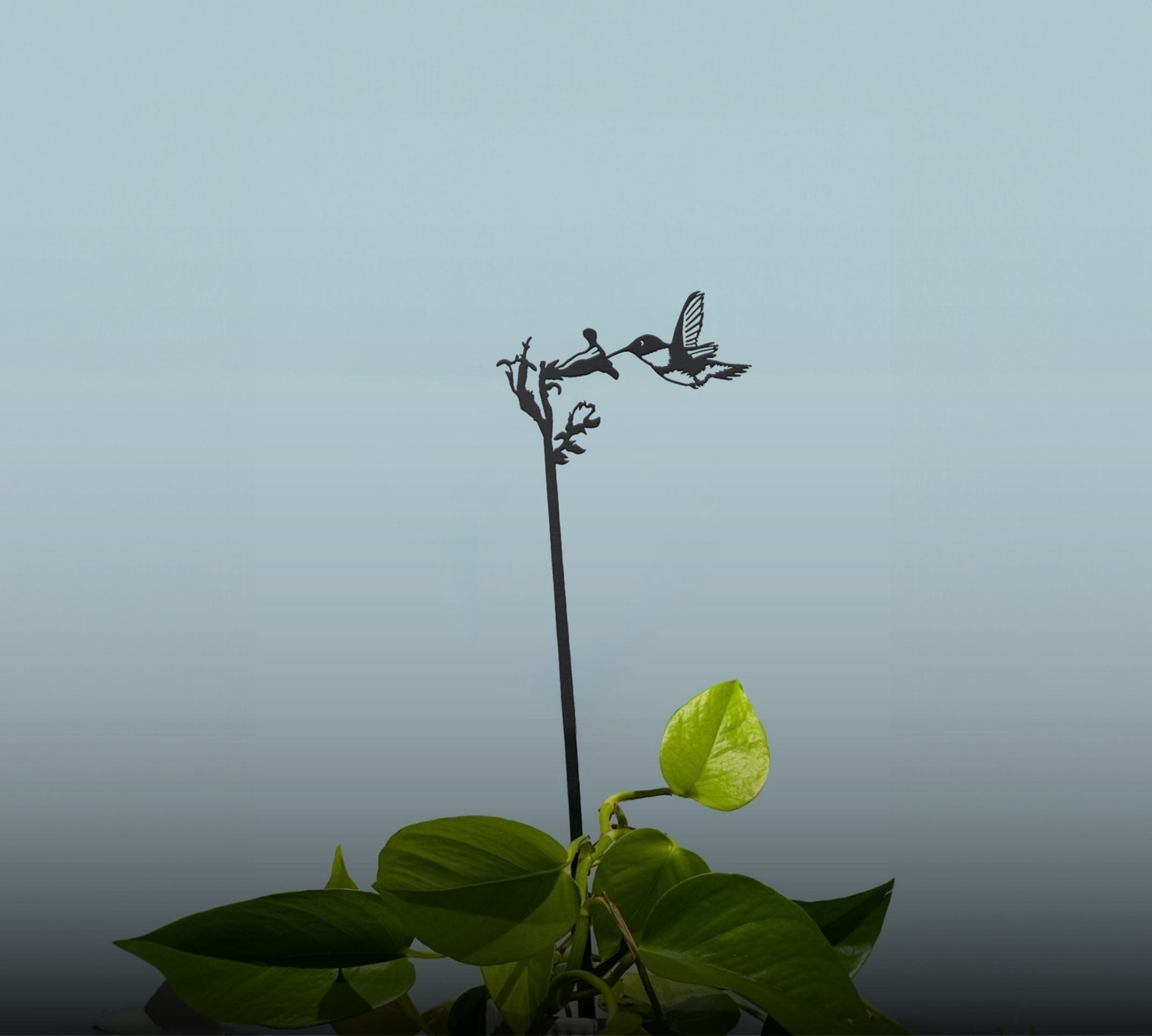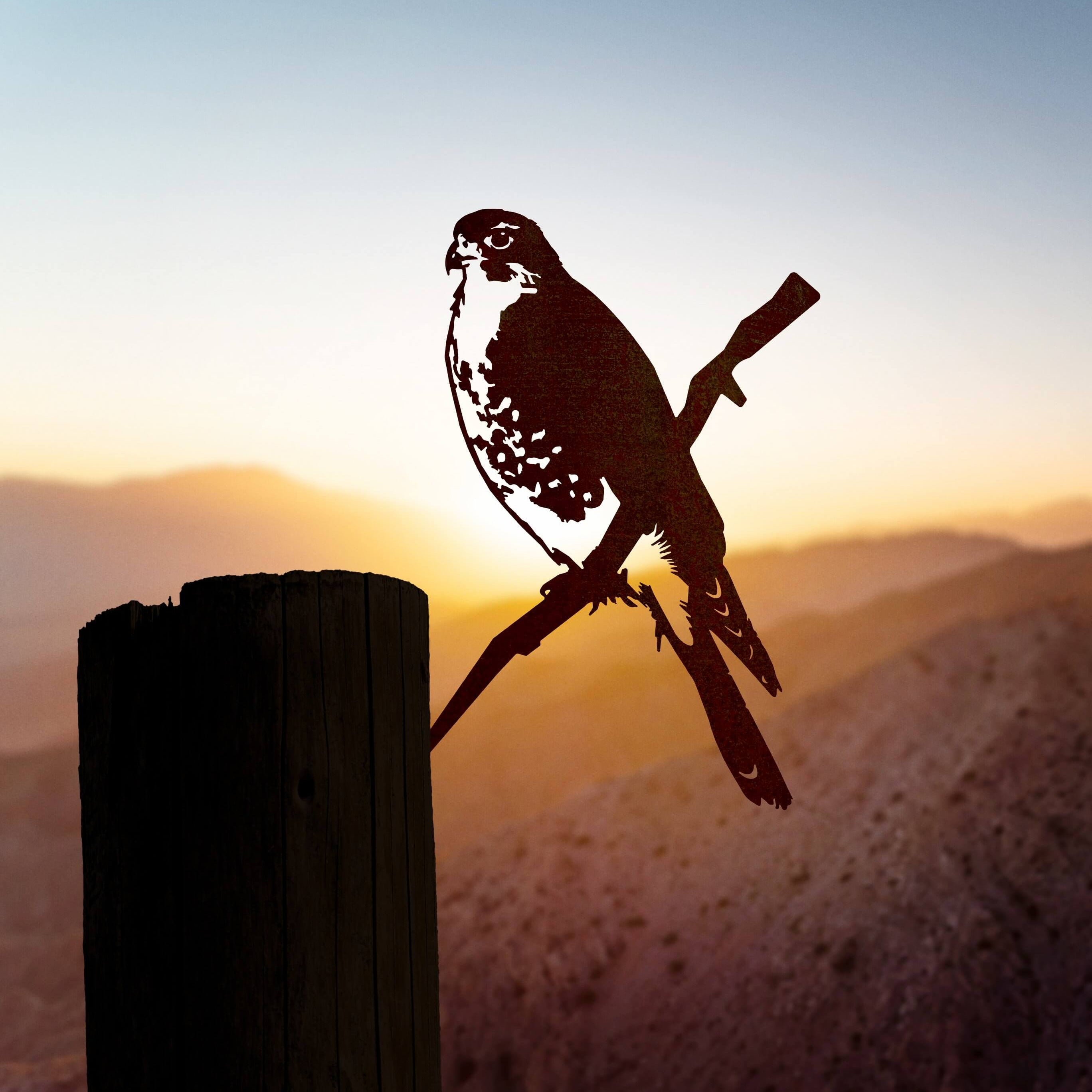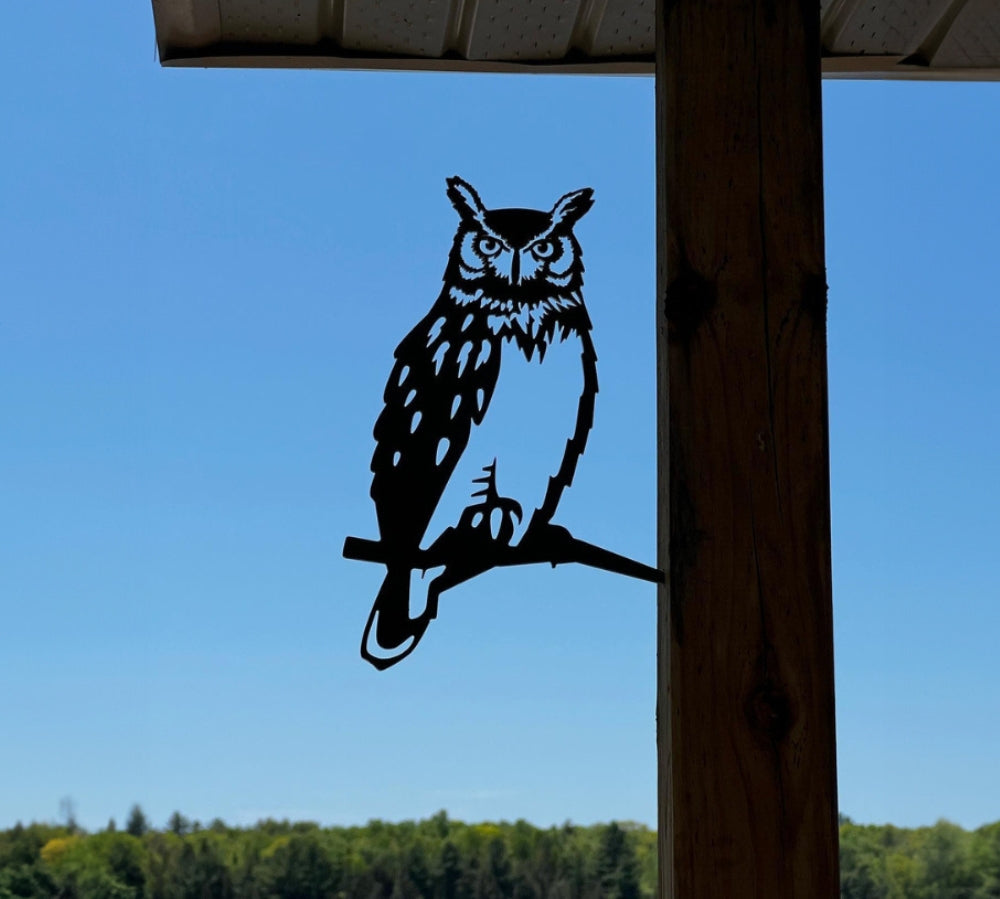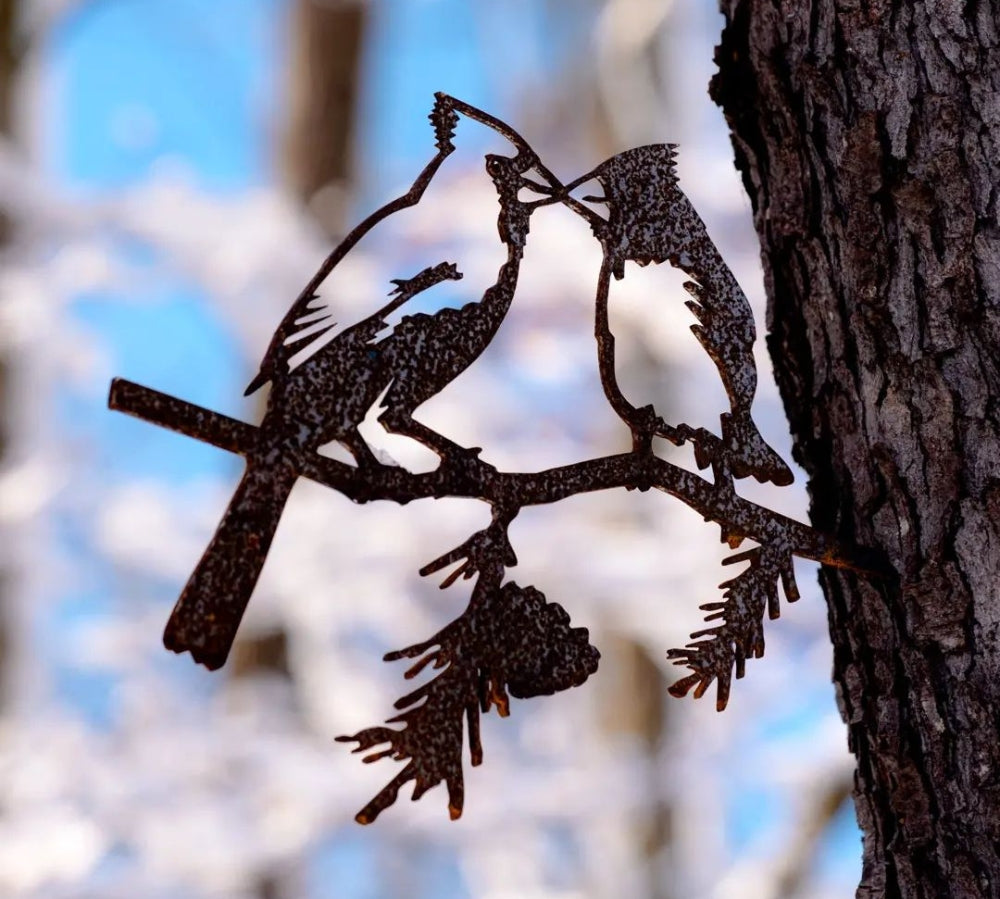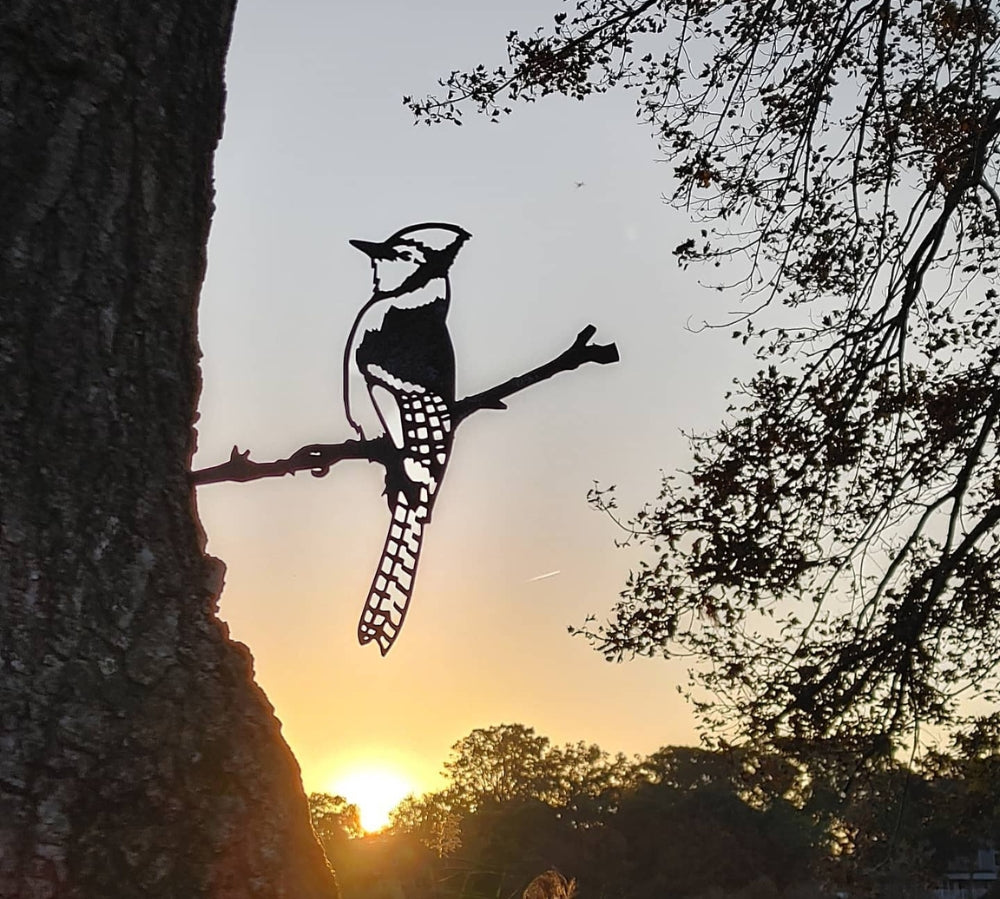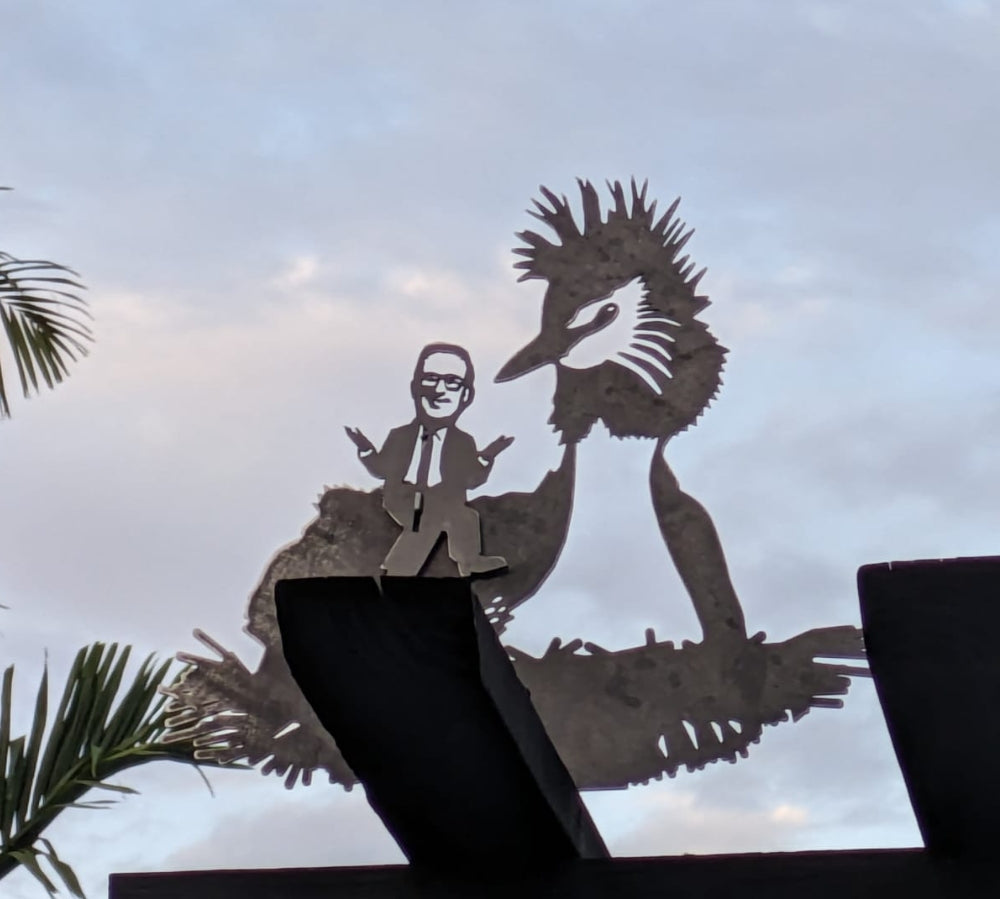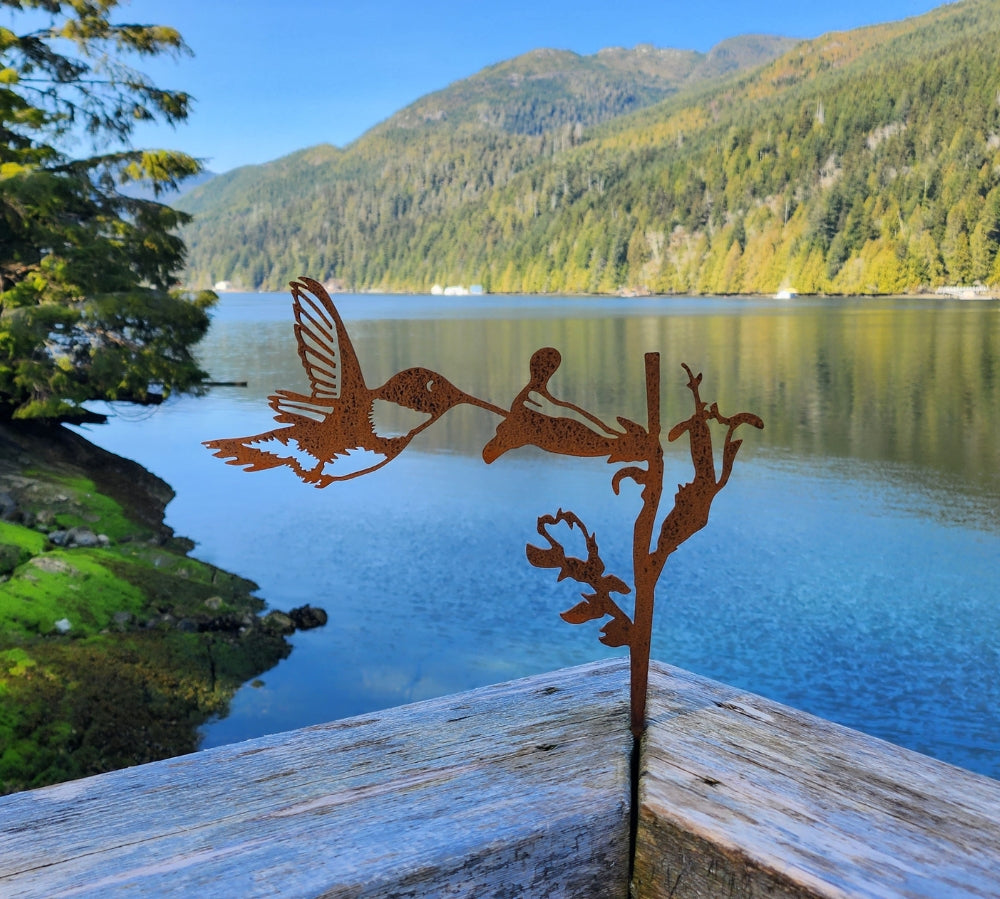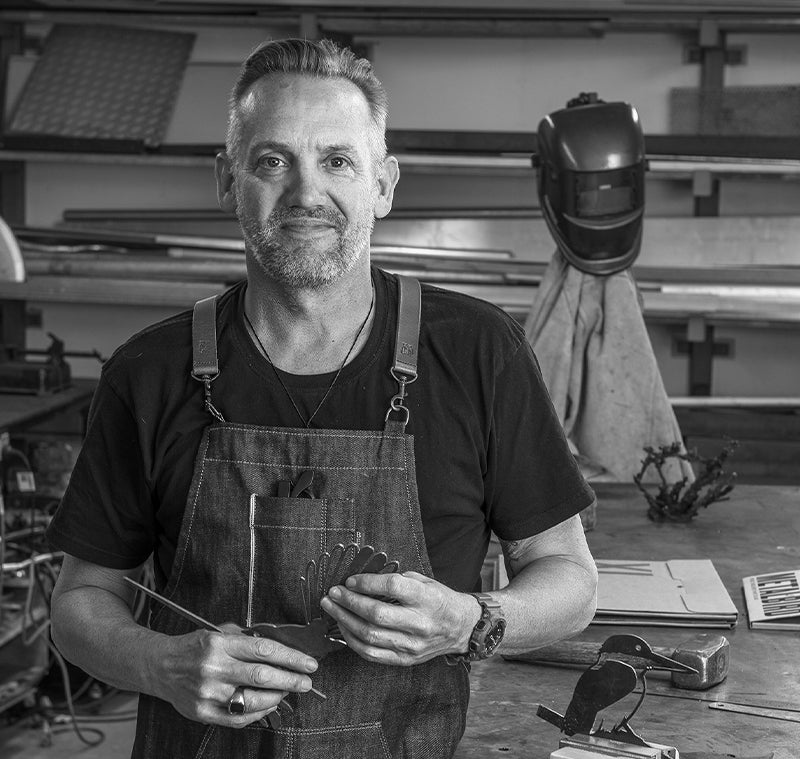
FLOCK FAVORITES
FROM MY BACKYARD TO YOURS


where art meets nature
We believe it’s generally safe to install a Metalbird in a mature, healthy tree if done properly.
People care deeply about trees, and so do we! That’s why we’ve taken the time to look at the science, speak to experts, and weigh up the facts.
Trees aren’t fragile. They’re remarkably tough. They’ve got this brilliant defence move, to seal off small wounds before anything nasty gets in. Our spikes are small enough to trigger that without causing harm. Like getting your ear pierced, but for bark.
Here’s how to install responsibly:
- Choose a mature, healthy tree (the tree trunk should be big enough to bear the bird)
- Avoid delicate bark types (birch, we’re looking at you)
- Tap it in gently, just enough to hold
- Aim for dry weather (trees don’t like surgery in the rain, fair enough)
Still nervous? No worries. Metalbirds perch just as nicely on letterboxes, fence posts, lampposts, decks, gates, basically anything that isn’t moving or breathing. We’re all for getting creative.
Remember: the goal is to surprise and delight, not to stress. So do what feels right, and let your inner backyard artist run wild.
Technically yes, but that’s exactly what it’s meant to do.
Our birds are made from CorTen steel, built to stare down the weather and come out looking better for it. When the
elements hit, the steel doesn’t corrode. It transforms. A tough outer layer called patina forms, locking in strength and
layering the surface with colour and character.
At first, you’ll notice bright orange spots (we call this the teenage phase, loud, patchy, full of attitude). Soon
enough, the whole bird turns a bold orange, then slowly shifts into deep burnt umber. Eventually, it settles into a
moody charcoal that feels like it’s always belonged.
No paint. No flaking. No fuss. Just honest, natural transformation.
And this isn’t some marketing spin, CorTen’s the same steel used in iconic sculptures and architecture like the
Chicago Picasso, The Cube in New York, and The Courtyard Theatre in Stratford.
It’s designed to become stronger with age, and better-looking too.
So yeah. It’ll rust… Beautifully.
Depends on the bird. Depends on where you want it. Depends how many coffees you’ve had. But honestly, it’s
simple.
If you’ve got a hammer and a smidgen of common sense, you’re 90% there. The real art? Picking the perfect spot.
That’s where the magic lives.
Here’s how to get it up and looking flash:
- Drill a pilot hole: use a drill bit that’s one size smaller than the spike (tight enough to hold, but not so tight
you’re forcing it). This is especially important if you’re going into brick, stone, or concrete, you’ll need a masonry
drill bit for those tougher jobs. - Tap Tap Tap: Grab your bird and gently tap the spike into your surface with a hammer or mallet. About 1–2 inches
deep is plenty, just enough to hold its weight. - Step back: Admire your art. Maybe give it a name. Maybe don’t.
You’re not just installing a bit of steel. You’re placing a story. A gesture. A moment.
Flockers tip: Generally, the top of your bird’s head should sit parallel to the sky, which sometimes means the spike
may be on a diagonal (of course there are some outliers... thanks Phil, loves to keep us on our toes). But if you’re not
sure which way it faces, have a peek at our product photos for a bit of inspiration.
made with care. for good
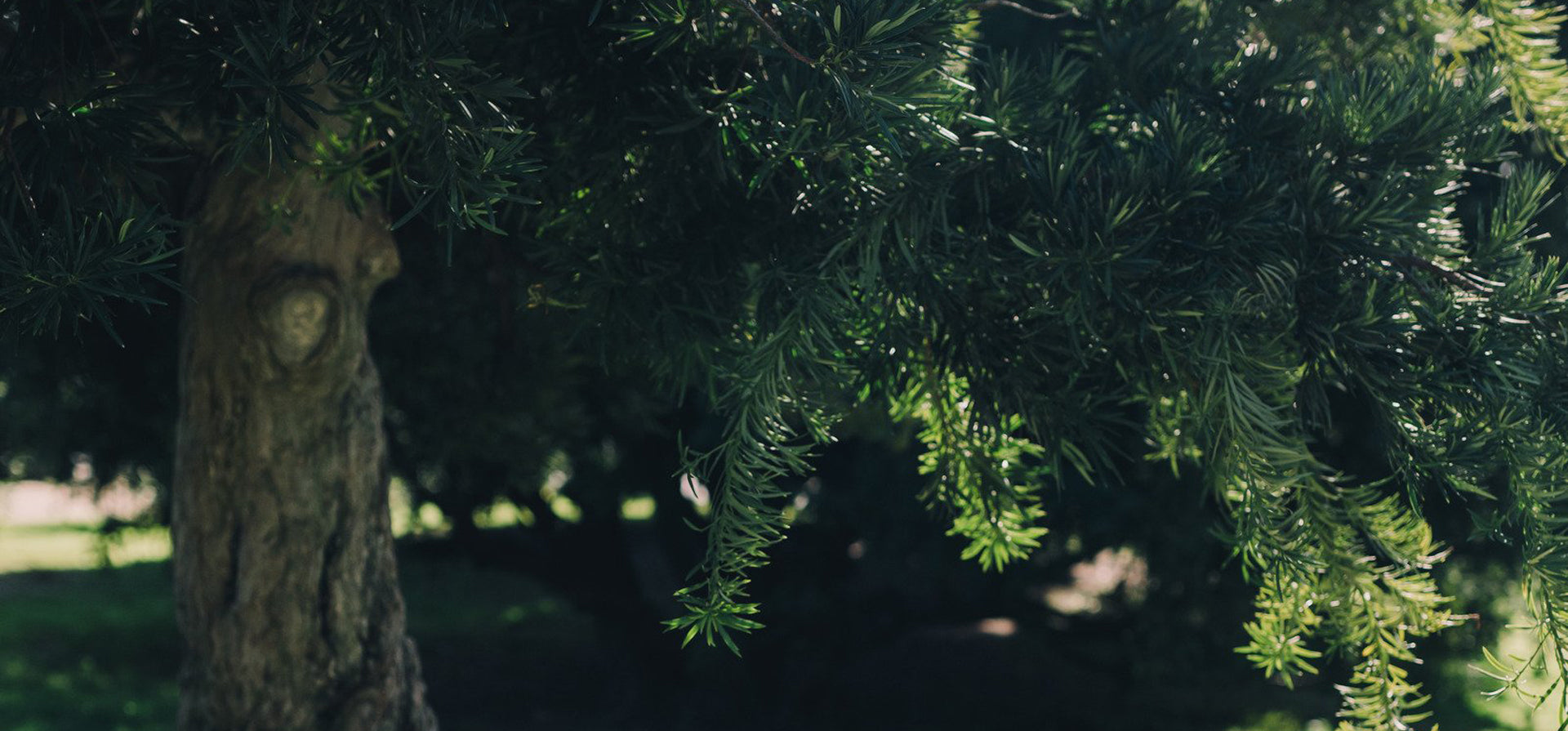
MADE LOCAL
MADE LOCAL
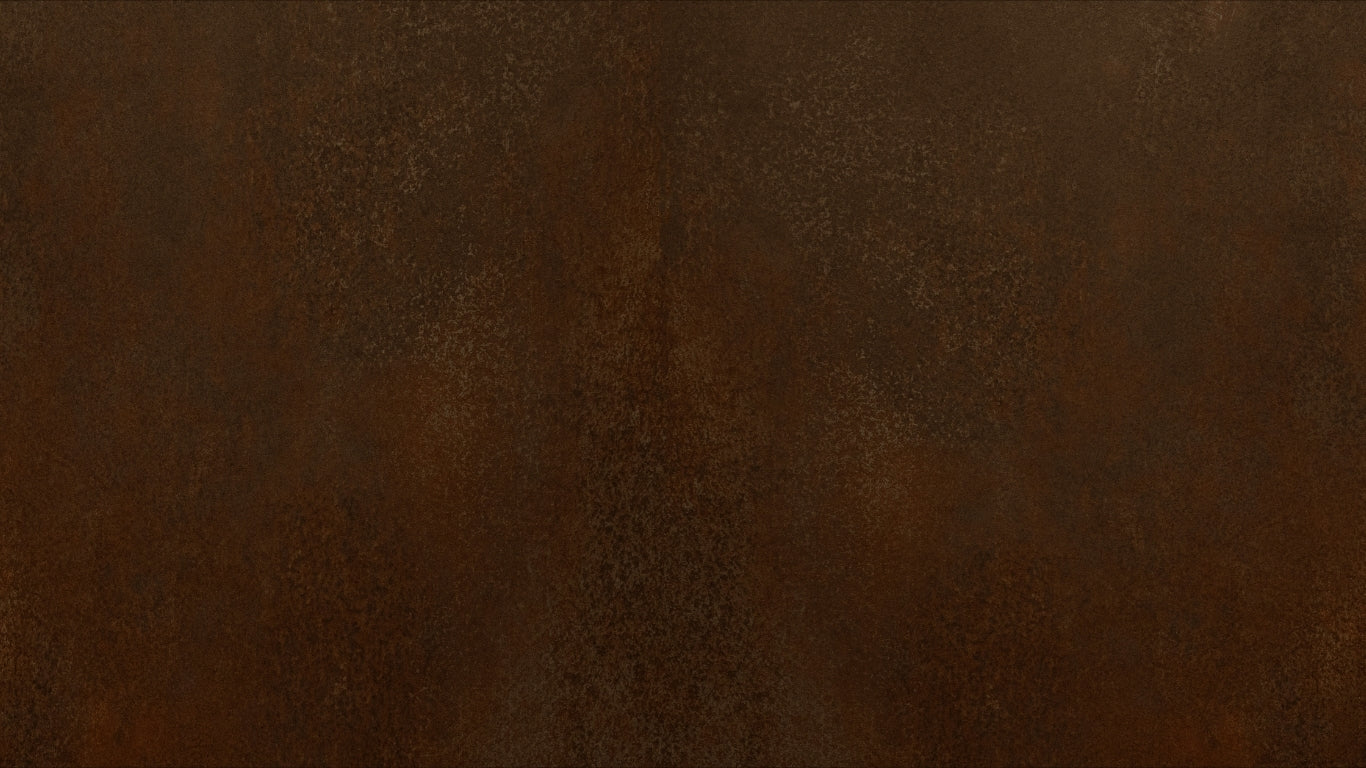
Made Sustainable
Made Sustainable

Made for the Birds
Made for the Birds
AS SEEN IN









